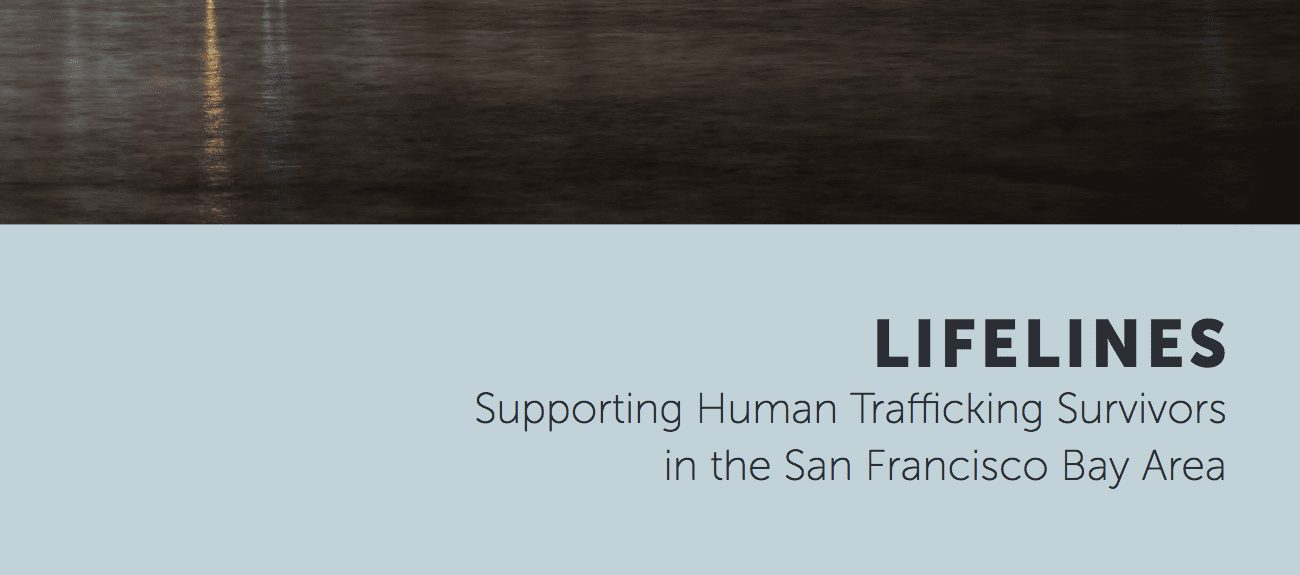
Supporting Human Trafficking Survivors in the San Francisco Bay Area
This report provides the findings of a study of human trafficking in the San Francisco Bay Area. The primary objective of the study was to document the challenges law enforcement, service providers, and prosecutors face in (1) identifying, investigating, and prosecuting sex and labor trafficking cases, and (2) providing trafficking survivors with adequate services, protection, and shelter.
California is a major locus of human trafficking—defined as recruiting, smuggling, transporting, harboring, buying, or selling of a person for exploitation1—largely because of its international border, demand for cheap labor, criminal gangs, and a relatively thriving economy. In 2015, the National Human Trafficking Resource Center reported that its hotline had received more reports of sex and labor trafficking from California than from any other state.3 In addition, the thirteen areas identified by the FBI as having the highest incidence of sex trafficking domestically, three are in California: San Francisco, San Diego, and Los Angeles.
The Bay Area is home to a number of human trafficking task forces and coalitions that vary in terms of focus, structure, leadership, and geographic interest. Some task forces, such as the San Jose Police Human Trafficking Task Force and the Santa Clara County Sheriff ’s Task Force, focus on coordination within law enforcement in the pursuit of traffickers. Other coalitions, such as the South Bay Coalition to End Human Trafficking, work to improve services and to strengthen local capacity to identify and assist trafficking survivors. Most counties have a human trafficking task force or other collaborative mechanism that include representatives from law enforcement, service providers, and local government. These organizations include the San Francisco Collaborative Against Human Trafficking, Contra Costa Alliance to End Abuse, Marin County Coalition to End Human Trafficking, and Alameda County HEAT Watch. Many of these organizations are led by local governing bodies, such as the Mayor’s office or the Attorney General’s office.
Read more here.
